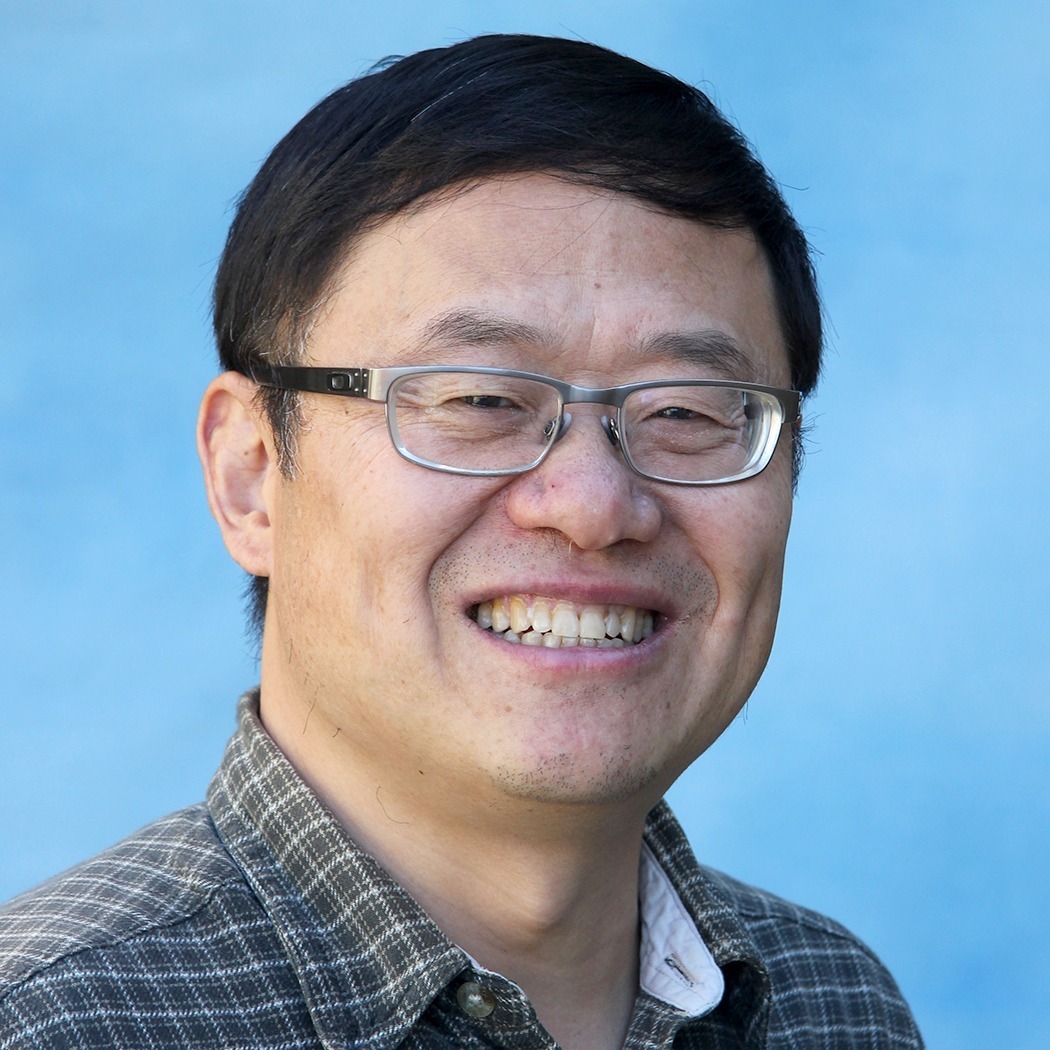Abstract:
Extreme dryness across Europe, China, and North America last summer ravaged crops, crippled water supply and hydropower generation, and fueled wildfires. And in the United States, parts of the Southwest and California remain stuck in a 20-year-plus megadrought. Yet, California has been hit by a dozen powerful atmospheric river storms since last December. Is the terrestrial climate becoming drier in a warming world? Is the extreme dryness last summer across the planet becoming a new normal despite increases in mean precipitation? The dryness of terrestrial climate can be measured in terms of an aridity index that is the ratio of annual precipitation (i.e., supply) to potential evapotranspiration (i.e., demand). The United Nations Environment Programme defines drylands as the terrestrial areas with an aridity index of less than 0.65, which are further classified into hyper-arid, arid, semiarid, and dry sub-humid lands. In this talk, Dr. Qiang Fu will present the response of terrestrial aridity and dryland areas to global warming in the framework of the aridity index. A mechanism that “warmer is more arid” will be discussed, along with the implications to extreme dryness (i.e., drought).
About the Speaker: Dr. Qiang Fu is a professor in the Department of Atmospheric Sciences, University of Washington. His research interests include atmospheric radiation and clouds and aerosols, remote sensing of atmosphere, and climate and climate change. Before joining the University of Washington in 2000, Fu was an associate professor in the Department of Oceanography, Dalhousie University. Fu received his B.S. and M.S. degrees from Peking University. He received his Ph.D. from University of Utah and Dr. Kuo-Nan Liou was his supervisor. Fu is an elected Fellow of AMS, AGU, and AAAS. He is a recipient of the AMS Jule G. Charney Medal and the Alexander von Humboldt Research Award.

